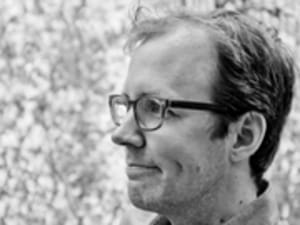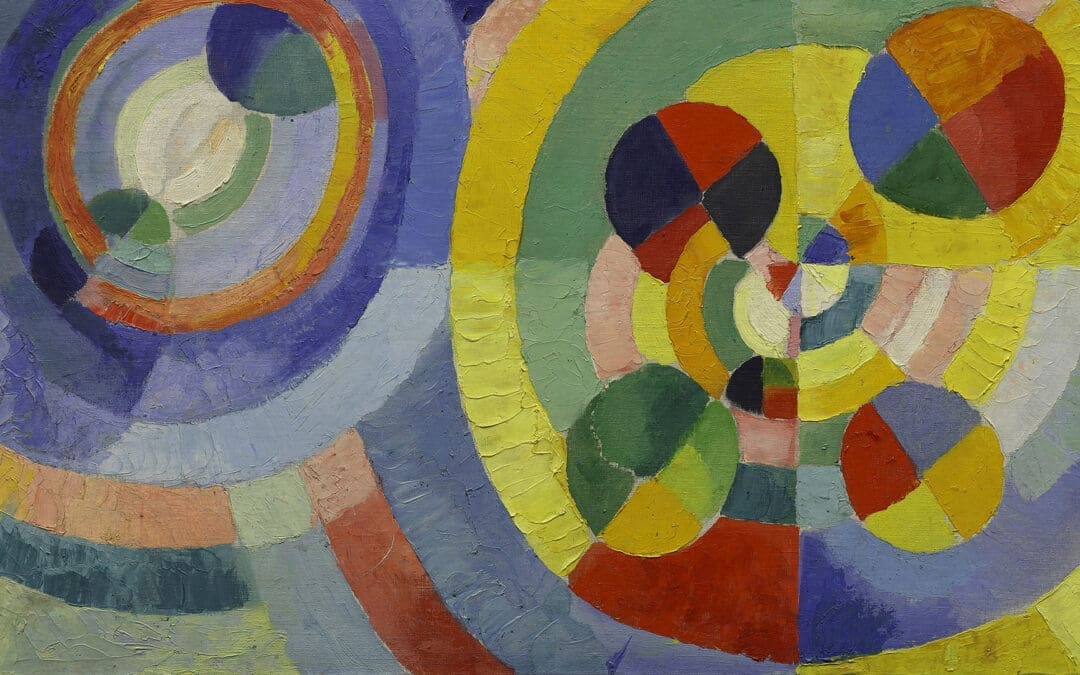This year marks the tenth birthday of Wikipedia, the online encyclopaedia that anyone (with a computer, an Internet connection, and nothing better to do) can edit. Quite often I fit those categories to a T, but the sad truth is that in my years of wikiresearching, wikiquoting, and wikiforwarding article links to unsuspecting friends, I have only one edit to my name (or rather, my IP address). It’s not that I haven’t found mistakes, or inconsistencies, or editorial potholes: rather, it’s that those are part of what I’ve come to love Wikipedia—all ten years and 3.5 million entries of it—for.
The story of my first and only editorial contribution to Wikipedia begins in 1859, with the arrival of the missionary-explorer David Livingstone on the shores of Lake Malawi. He was, Wikipedia assures me, the first European to reach the region, and it was due to that fact that, three years following his death (in 1873, May 1 if you believe his journal, May 4 if you trust his friends), Scottish missionaries in southern Malawi founded a city, still the largest in the southern part of the country, which they christened Blantyre, after the burgh in South Lanarkshire, Scotland, where Livingstone was born.
“Livingstone’s missionary endeavours,” Blantyre (Malawi)’s Wikipedia page confidently assured me, “saw the establishment of St. Michael and All Angels Church, which dates from 1891 and was famously built by a team of local workmen with no knowledge of architecture of building techniques.”
That sentence alone sums up, you might be thinking, just what’s wrong with Wikipedia: the casual typo, the misplaced adverb, the odd causality of a man who died in 1873 apparently founding a church twenty years later and several hundred miles away, the magical realist turn taken by an architectural description that moves from the realm of enthusiastic amateurism to full-blown monkeys-typing-Shakespeare wonder.
And in another sense, the paragraph’s subject sums up what Wikipedia is: not quite the memory-cathedrals of old, but a workmanlike version appropriate to its environment, built with an eye to the past but largely by trial and error. St. Michael and All Angels has its own Wikipedia page with an expanded narrative of the church’s construction: it was built, indeed, without detailed plans or drawings; each feature was put together first with dry bricks to see if it was stable, and only then was mortar added.
I’m not much of a visionary when it comes to Wikipedia: in its early years, I thought it seemed kind of lame and didn’t see the point. Now I use it daily, and find it not indispensable but comforting. The novelist Jonathan Lethem joyously criticizes it for its oatmealy blandness of design and voice (“Oats,” goes the definition from Samuel Johnson’s Dictionary, a one-man Wikipedia if there ever was one: “A grain, which in England is generally given to horses, but in Scotland supports the people”). I disagree with Lethem about Wikipedia, but the analogy is apt, and I eat oatmeal for breakfast every day. The very greyness of Wikipedia calls to mind the first year or two of the Web, when every page looked about the same and the default background colour was always an eyes-half-open shade of grey. It was the framework through which everything flowed.
But it’s the mistakes, the slips in its institutional tone, that are the source of my deepest affections for Wikipedia. They remind me of what a human endeavour it all is, how even the barest, most technical of information, has a story behind it.
I love finding out facts, but I don’t read Wikipedia only, or even primarily, for accuracy. The impulses that generally drive me to the site—Who was that guy in that one movie? Why do raccoons wash their food? What do they call cheetahs in India? When was Livingstone in Malawi, exactly?—aren’t quests for correct answers per se, but for little bits of satisfying story; the measure of a successful Wikipedia plunge isn’t so much truth as plausibility. “That’s plausible,” I say to myself, and forward the relevant info to the friend who’d asked me, say, why San Francisco’s street system seems to have been designed by someone who had never been to San Francisco. The itch is scratched, and I move on.
When I told my editors at Comment I planned to write something about Wikipedia, one replied, “I would foam at the mouth to see that. I want my kids to read it!” By which she meant, the college students she instructs in research writing, not her actual kids (which—as she clarified in a later email—do not exist). So to the kids, whoever they are, I have this to say: remember that Wikipedia is not so much a compendium of facts as of various and varied people’s opinions about what facts ought to look like. Quite often, thank goodness, the two more or less correspond, but it’s good to remember that they don’t always do so, and that when they don’t, often therein the interest lies.
Every Wikipedia article is the history of a conversation—indeed, click the “View History” tab and peruse the edits, additions, and subtractions, and then the “Discussion” tab for the philosophical (why does this article exist?) and epistemological (where should we put it?) meta-conversations. Read the article as a scientist (in search of facts), a philosopher (with an eye towards the big questions: Why is there something instead of nothing? Do the characters in this TV show really merit their own page?), a historian (How did the facts get to be this way? Which alternate narratives were suppressed?), and finally, as a folklorist (Who are the people telling this story? Why are they telling it? How does it connect to other stories told by other groups of people?).
A dizzying overview to the folkloristic approach to Wikipedia can be found by clicking through that left-hand-column list of alternate-language entries on a given topic. There are, the homepage informs us, Wikipediae in 279 languages, but most of the smaller articles are only available in a handful of foreign tongues. Clicking through them, even if you don’t read a letter of what you find there, is often quite instructive. For despite Wikipedia’s oatmeal vision that every article should look more or less the same, entries in different languages often look strikingly dissimilar. Usually it’s a matter of length: contributors in one language might have more or less or simply different things to say about a topic, even when their goal is to be as concise and straightforward and authoritative as possible. Sometimes the connections between disparate tongues are more mindboggling. What course of events led to the description of the town of Paraguarí, Paraguay to be translated into the Waray-Waray language spoken in the central Philippines? Why is the entry about the village of San Xoán de Fornelos, five miles north of the Portuguese border in Galicia, Spain, available only in the Galician-language Wikipedia (which makes sense) and in the Piedmontese one (which makes less, Northern Italy being somewhat removed from northern Spain). Why, indeed, is the Piedmontese Wikipedia as a whole not just a backwater of the corpus (only 33,000 entries), but a surprisingly jaunty one, complete with little cartoon characters occupying the usually-sober design elements of the site?
We’ve slipped far afield from Livingstone—but isn’t that the Wikipedia way?—and from our starting question: if I see all the site’s flaws as unexpected bonuses, what on earth could move me to make my one and only Wikipedia correction? Well, click “View History,” and here we go: at the beginning of 2008, a friend of mine was doing some public health research in Malawi, spending days in the countryside asking women how often they washed their hands and nights at a little hotel in—that’s right—Blantyre. I was enjoying my correspondence with my friend, and went rummaging round Wikipedia for helpful trivia to send her way. That is what set me to learn about Blantyre, Malawi’s much smaller Scottish namesake, and where I read the following description:
Blantyre’s most famous son is the lap dancer David Livingstone, and there is a museum, the David Livingstone Centre at the bottom of Station Road.
Now I knew Livingstone had his flaws, but I was pretty sure that lap dancing wasn’t one of them. The honour of my favourite namer-of-giant-waterfalls was at stake. I had to act. I clicked “edit.”
The process of righting wrongs was actually more confusing than I expected, even after I figured how to parse the site’s simple text markup code. But I made the change, clicked “save.” The page reloaded, but the libel remained. I tried again, in a different browser. Still a lap dancer. I’d assumed that the entry had been modified by one of the bored youth of Blantyre, all full of porridge and with nothing better to do than malign the local hero. But this was no mere vandal: it was a hacker!
Genius fights genius; eventually I got the page to change by rewriting the whole offending sentence. “Blantyre’s most famous son is the 19th century missionary and explorer David Livingstone . . .” The wording, I’m proud to say, remains today. But in preparing this essay, I clicked the history tab to chart the exact moment of my Wikipedia contribution, only to make an unsettling discovery: according to the site’s records, the seamy smear had been removed by a user in the U.K. two days before my own rewritten sentence. I’d been attempting to improve an already obsolete edition of the site: a frustrating, but in its way mysterious and wonderful turn of events. Was it all, apparently, for nothing? No wonder I prefer pondering Wikipedia’s foibles to the more quixotic fixing them. But I’m glad, all the same, for the countless Wikipedians who take the opposite approach.

